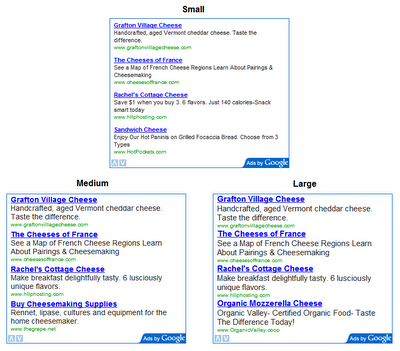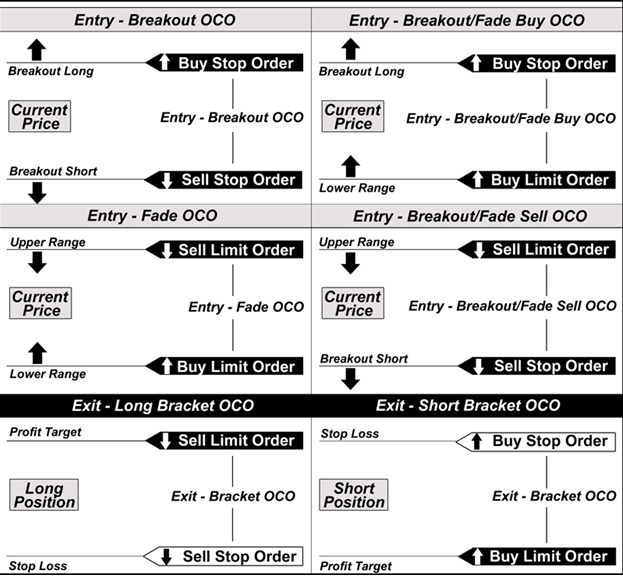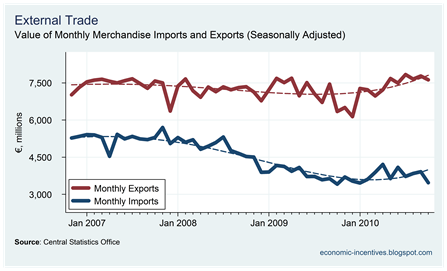Contents:


Manual accounting processes lead to bottlenecks, confusion, and the chance of error. Instead, many companies are realising the immense benefits of finance automation software. This is especially true when it comes to intercompany accounting, as automation makes the once complex process smooth and streamlined. For intercompany revenue and expenses, a business eliminates the sale of goods or services from one entity to another within the group.

Transactions involving a customer or vendor generally impact the accounts of the subsidiary assigned to that customer or vendor. Time and expenses entered for an employee generally impact the subsidiary assigned to that employee. When an intercompany transaction has been identified in one period, it is entirely possible that the same type of transaction will occur again in the future. If not, there may be an unflagged transaction that needs to be eliminated. Continuous accounting also makes intercompany reconciliations easier because it’s simpler to investigate items when they are current and details are still fresh. Out of balance and undetected intercompany activity can cause significant issues for a parent company.
Implement fixed assets management:
This way, no payments, receivables, profits or losses are recognised in the consolidated financial statements until they are realized through a transaction with a third party. Elimination of intercompany stock ownership, on the other hand, eliminates the assets and shareholders’ equity accounts for the parent company’s ownership of the subsidiaries. For example, if a parent company has unrealized intercompany profit included in its retained earnings at a particular period end, the noncontrolling interest is misstated. The accounting staff must prepare an intercompany elimination to remove the intercompany profit that was included in retained earnings.
- Be sure to also include transfer pricing policies so that tax, finance, and accounting teams are all aware of what to expect.
- There are five methods for calculating transfer prices that meet regulatory guidelines.
- Address larger issues such as tax and regulatory issues that affect all or part of the company.
- Finance and accounting expertise is not only needed to prevent ERP transformation failures, but F&A leaders are poised to help drive project plans and outcomes.
With cross-border offices, parent companies and their subsidiaries need to be on the same page. This requires close communication and clearly documented standards by which to operate. Automation solutions connect data from many different systems, removing error prone manual tasks such as mapping and cleansing data as well as streamlining processes such as reconciliations.
Read on to explore data propagation and federation as well as ETL and ELT. If a user or application submits more than 10 requests per second, further requests from the IP address may be limited for a brief period. Once the rate of requests has dropped below the threshold for 10 minutes, the user may resume accessing content on SEC.gov. This SEC practice is designed to limit excessive automated searches on SEC.gov and is not intended or expected to impact individuals browsing the SEC.gov website. In general, process Intercompany Billing whenever you want to assess the Income Statements of your companies.
Free Up Time and Reduce Errors
Every executive is committed to ensuring transformational success for every customer. Successful transformation requires expert guidance from a trusted partner. Explore offerings that unlock new transformation opportunities and make transformation a reality. Centralize, streamline, and automate intercompany reconciliations and dispute management. Amounts subtracted from gross income are not considered earnings and profits of any member and are not classed as exempt income.

This means intercompany pricing should be similar to pricing for independent third parties. There are several accepted methods for developing transfer prices, and standardizing transfer prices includes selecting one of those methodologies. If one subsidiary provided raw materials to another, any intercompany profit would be eliminated.
Intercompany Revenue and Expenses
This team will be responsible for maintaining oversight and visibility into each entity’s practices. Intercompany transactions often cause problems with the relationship between a parent company and its bankers and lenders. Accounting and tax standards require “arm’s-length” pricing between related companies.
This requires a detailed accounting of each subsidiary to address tax issues appropriately. Hours and expenses can be booked across multiple logistic companies. For example, an employee who belongs to department A from logistic company X can book hours for a project belonging to department B from logistic company Y. In Financials, this amount is booked as revenues for the employee’s department. For the order’s department, the amount is booked as costs owed to the employee’s department. If required, you can specify that the employee’s department invoices the order or project’s department.
Bankers should not be expected to readily accept a “surprise,” such as a parent company having a good income statement but material losses in subsidiary companies. Bankers should not be expected to readily accept significant amounts of cash to be transferred from a parent company to a subsidiary company. Strategic planning on proper communication with bankers and lenders is paramount regarding this subject. Journal entries that belong particularly to intercompany transactions are known as intercompany journal entries. These are entries that are recorded in the accounting ledger of an organization. Therefore, the consolidated income statements, as well as the balance sheets, needs to be removed in the appropriate manner.
Trusted clinical technology and evidence-based solutions that drive effective decision-making and outcomes across healthcare. Specialized in clinical effectiveness, learning, research and safety. Explain how a non-consolidated subsidiary can be a form of off-balance-sheet financing.
Integrated accounting makes data extrapolation easier with a few clicks of the mouse. UK based Company D has a Portuguese subsidiary Company E. Company E provides software development services to Company D, with Company D owning all ensuing intellectual property. The group’s transfer pricing policy specifies that Company E should charge Company D for all of its running costs plus a mark-up of 10%.
Value-sharing within a company: upcoming changes White & Case … – JD Supra
Value-sharing within a company: upcoming changes White & Case ….
Posted: Fri, 07 Apr 2023 07:00:00 GMT [source]
Transactions that flow from a subsidiary to a parent company, such as a branch location selling land to its parent. Intercompany accounting has implications for many aspects of a business, including tax, compliance and accounting. Throughout the process, all transactions are tracked, recorded, and reconciled to avoid double entries in more than one of its subsidiaries or divisions. When deciding which approach to intercompany recharging is best for your organization, consider three things. F&A teams have embraced their expanding roles, but unprecedented demand for their time coupled with traditional manual processes make it difficult for F&A to execute effectively. Ensure consistent regulatory and tax compliance by automating non-trade transactions and invoices while enforcing trading relationships and policies, as well as required taxes and transfer pricing.
What is the Complexity and Risk with Intercompany Accounting?
The intercompany revenues and expenses are eliminated because it cannot show sales transactions and earnings from its own subsidiary company. A parent’s company and a subsidiary’s accounts are consolidated to show the entities as one entity. Moreover, if a company shows transactions between themselves, the accounts would be overstated, and the statements would be misstated. The role and contribution of each entity to the parent company’s overall performance and financial health cannot be accurately ascertained without properly recording intercompany transactions. Inadequate intercompany accounting can also lead to financial disputes between entities under the same parent company.
2023-04-14 TSX:CET Press Release Cathedral Energy Services … – Stockhouse
2023-04-14 TSX:CET Press Release Cathedral Energy Services ….
Posted: Fri, 14 Apr 2023 21:27:22 GMT [source]
Photocopy the bill and submit it as an amount due to LLC Two for their portion of the bill paid. LLC Two then cuts a check as an expense to LLC One, who then deposits into LLC Two’s receivable account. It is quite common to see firms add different LLCs throughout the life of their business. This often makes sense for many different financial benefits, but it often leads to very difficult bookkeeping.
When she gives each of her two daughters an allowance for doing their chores, that resembles a parent/subsidiary intercompany transaction. No new money came into the family — it simply moved between wallets within the household in exchange for services provided. The best practices that follow can help intercompany accounting be less cumbersome and more accurate. Intercompany transactions are recorded in different ways depending on the nature of the transaction. For example, if one subsidiary of a company sells inventory to another, the transaction will be recorded as an accounts receivable entry for the selling subsidiary and as an accounts payable for the purchasing subsidiary. Intercompany transactions are an essential part of the business accounting process.
2 The propeller industries transactions were supported by a transfer pricing study, but the Department’s challenge did not focus on that and instead focused on the underlying motivation for entering into the arrangements. A’s intercompany items include sums from a transaction that have not yet been accounted for using the distinct entity technique. For example, if A is a cash-method taxpayer, income is taxable even on nonreceipt of cash.
Elements of intercompany accounting include governance and policies, transfer pricing, data management, transaction management, netting and settlement, reconciliation/elimination and reporting. If a parent company makes a loan to one of its subsidiaries, it will be recorded as an asset for the parent company and as a liability for the subsidiary. In either case, the transactions will be eliminated before the consolidated financial statement is prepared. Common types of intercompany transactions include purchases for goods and services, loans, management fees, dividends, cost allocations, and royalties. Timely, reliable data is critical for decision-making and reporting throughout the M&A lifecycle.
